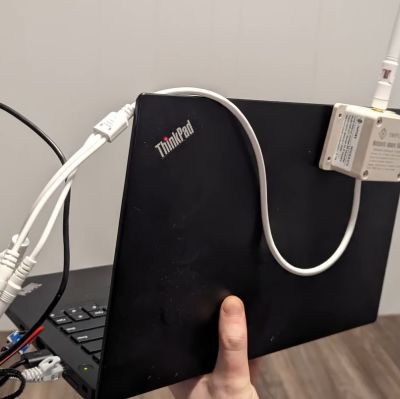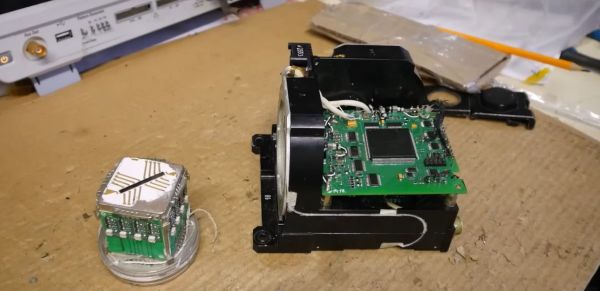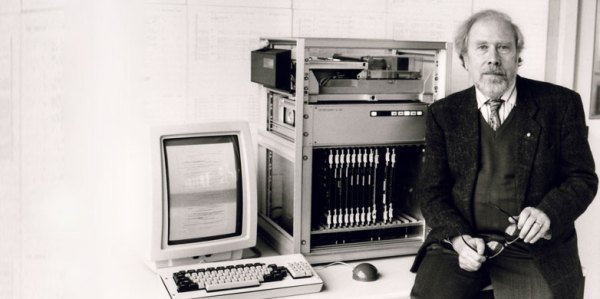In order for a fire to sustain itself, it needs three things: fuel, heat, and oxygen, with the disruption of just one of those causing the fire to extinguish. Water, sand, and carbon dioxide-based fire extinguishers are commonly used, but you’re probably familiar with blowing out a candle using your breath. Counter-intuitively, we also blow on a fire (or use bellows) to make it burn better, so what is happening here? Starting with a novelty app for smartphones that can be used to blow out small flames like candles, [The Action Lab] digs into the topic in a recent video.

Using a fairly beefy speaker to blast a 70 Hz tone at a big alcohol flame was not enough to extinguish it, but using the bass reflex port on the back was more effective, yet still not nearly enough. Using an air vortex cannon to focus the sound waves from the bass reflex port, it ‘wiggles’ the flame out in a matter of seconds, as illustrated with a thermal camera. Compared to the much stronger airflow from the box fan that was also used in one attempt, the difference with the sound waves is that they oscillate, constantly fluctuating the air pressure.
This churns the air and thus the flame around, diffusing the suspended fuel, cooling the air, and alternatingly pushing oxygenated air and carbon dioxide-heavy combustion fumes into the flame. This differs from the constant flow from the box fan, which only pushes oxygen-rich air into the flame, thus keeping it intact and burning brightly. Perhaps the main question that remains here is just how practical this approach is for extinguishing flames. Some commentators suggested using this approach in low- and zero-gravity situations, as found in space stations, where regular fire extinguishers based around smothering a flame aren’t as practical.
(Thanks to [Hyperific] for the tip)



















